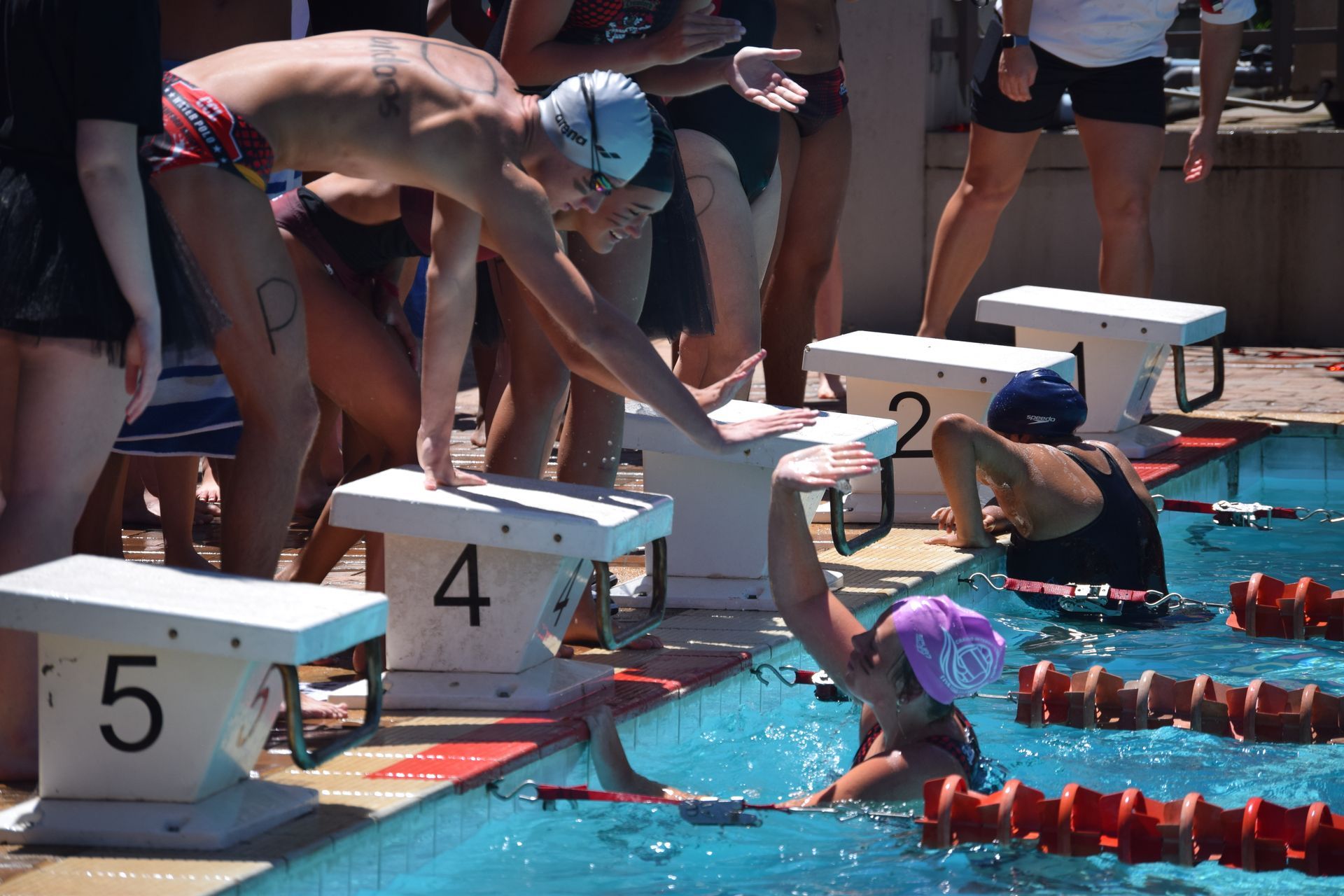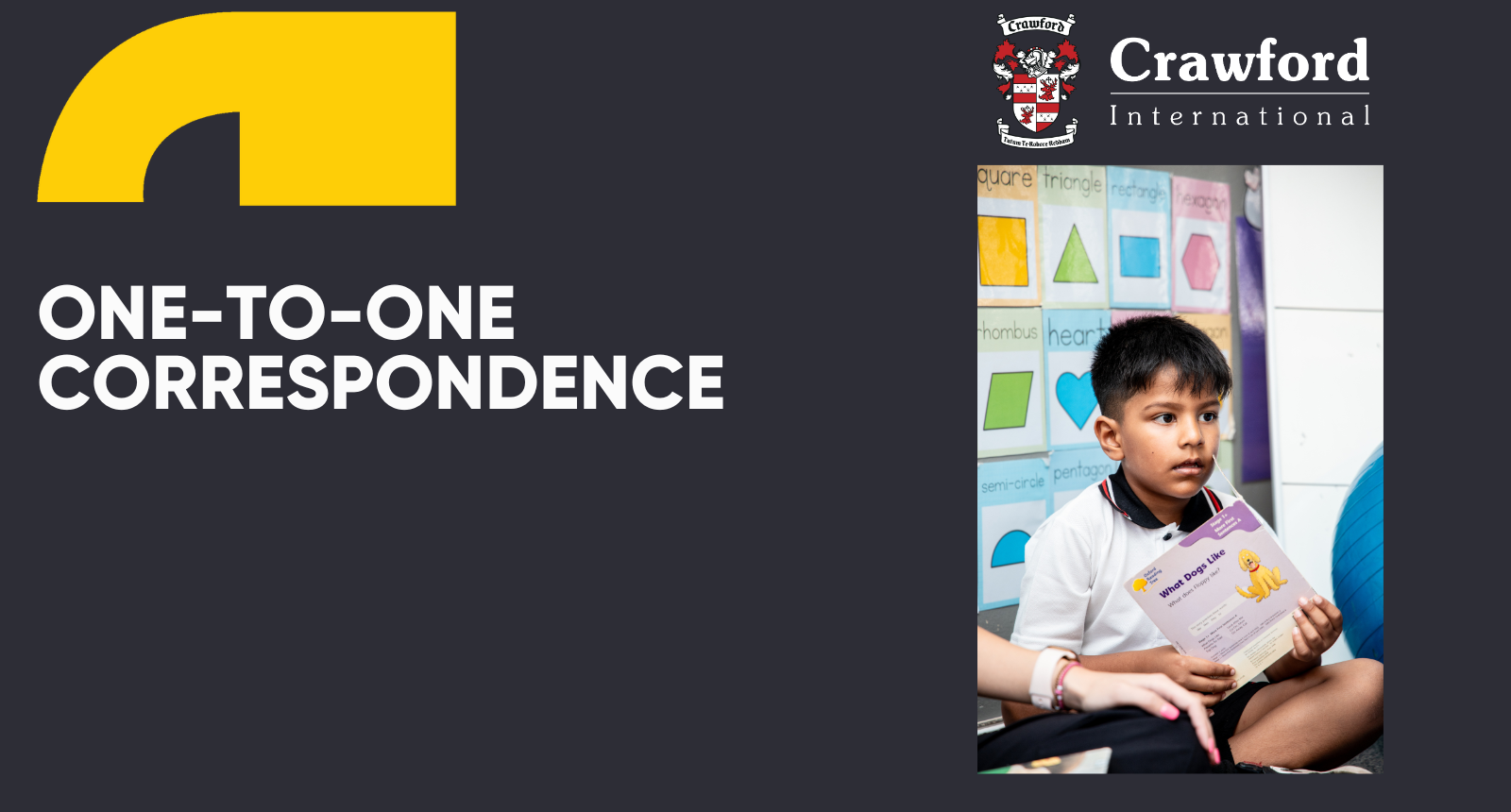

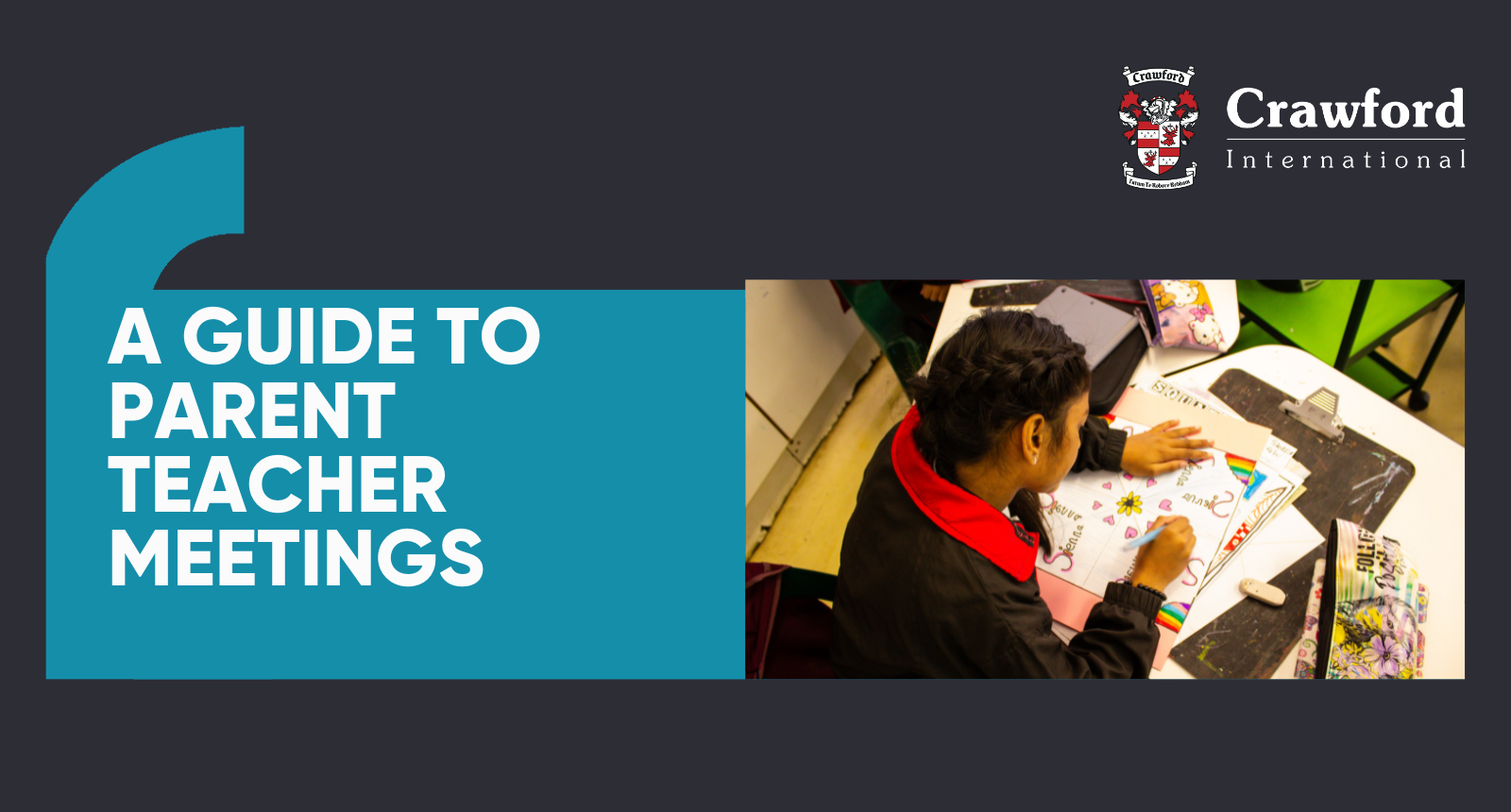
February 26, 2024
PRE-PRIMARY
Friendship Day
Friendship Day is a celebration of sharing and caring. Students dress up in red, pink, and white, and receive special letters in their lunchboxes from parents, fostering feelings of warmth and connection. This year, we were excited to welcome Minnie and Mickey Mouse, who awaited us in the school foyer. Additionally, the school organised a collection of gently used soft toys for children who may be feeling sad or unwell. Through these acts of kindness, we demonstrate that sharing truly embodies the spirit of caring.
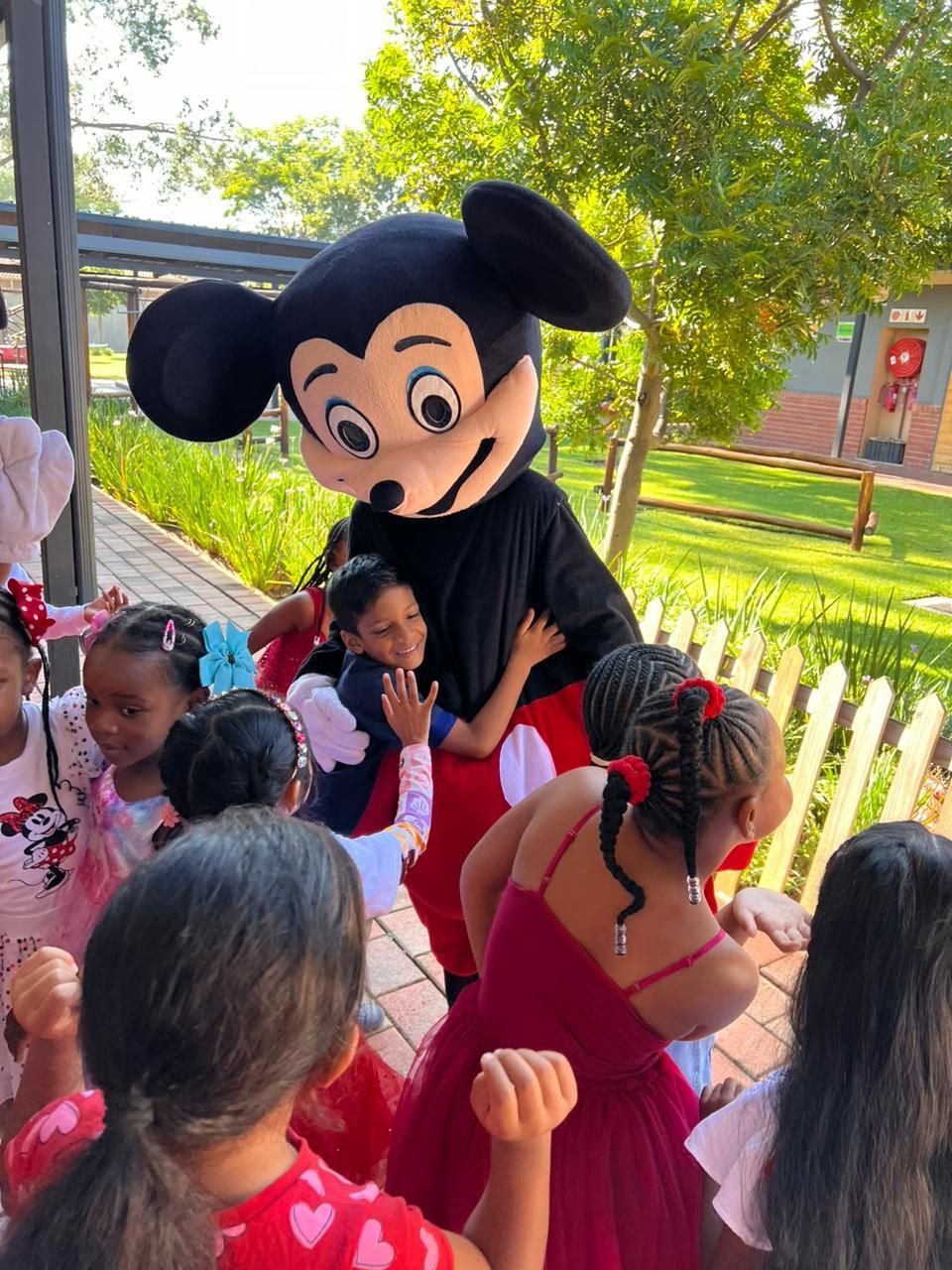
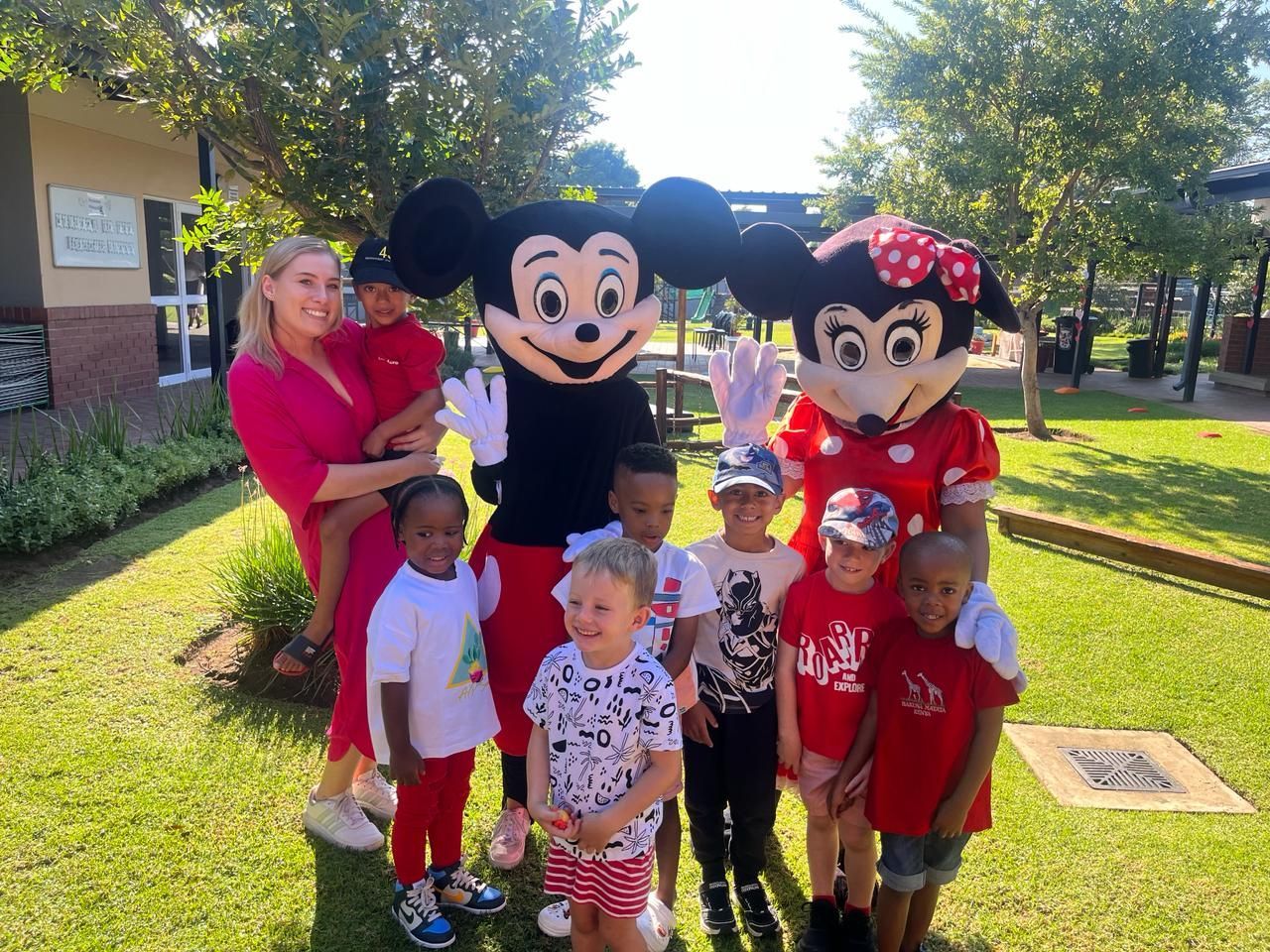
Grandparents Day
One of the highlights in Term 1 is Grandparents Day at school. This event celebrates the important role that grandparents play in the lives of their grandchildren. It is a special occasion that promotes family togetherness, intergenerational connections, emotional well-being, educational enrichment, and appreciation for the special people in our children’s lives. The day started with a short concert for our grandparents followed by a picnic and playtime with them, which created some special and cherished memories for our families.
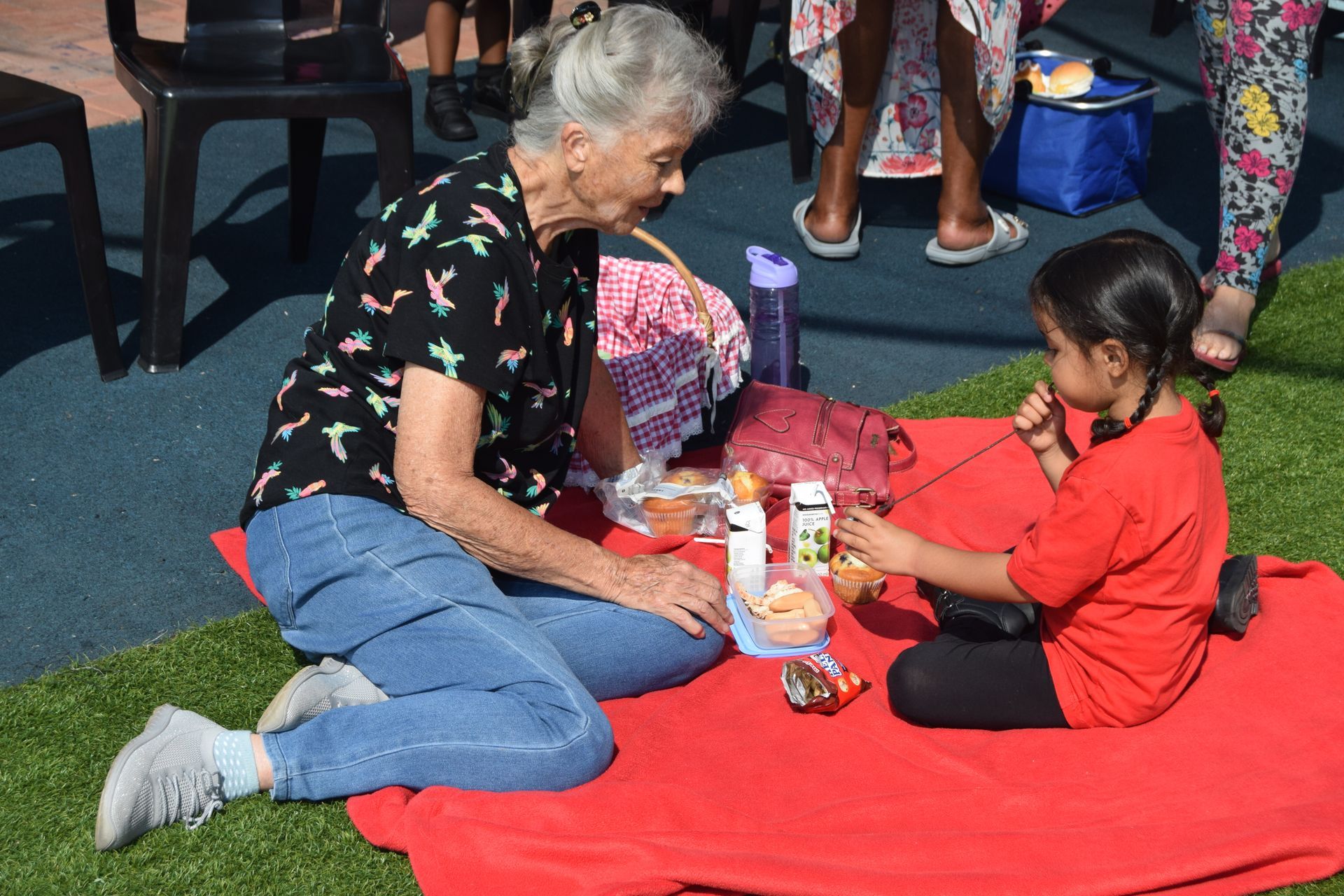
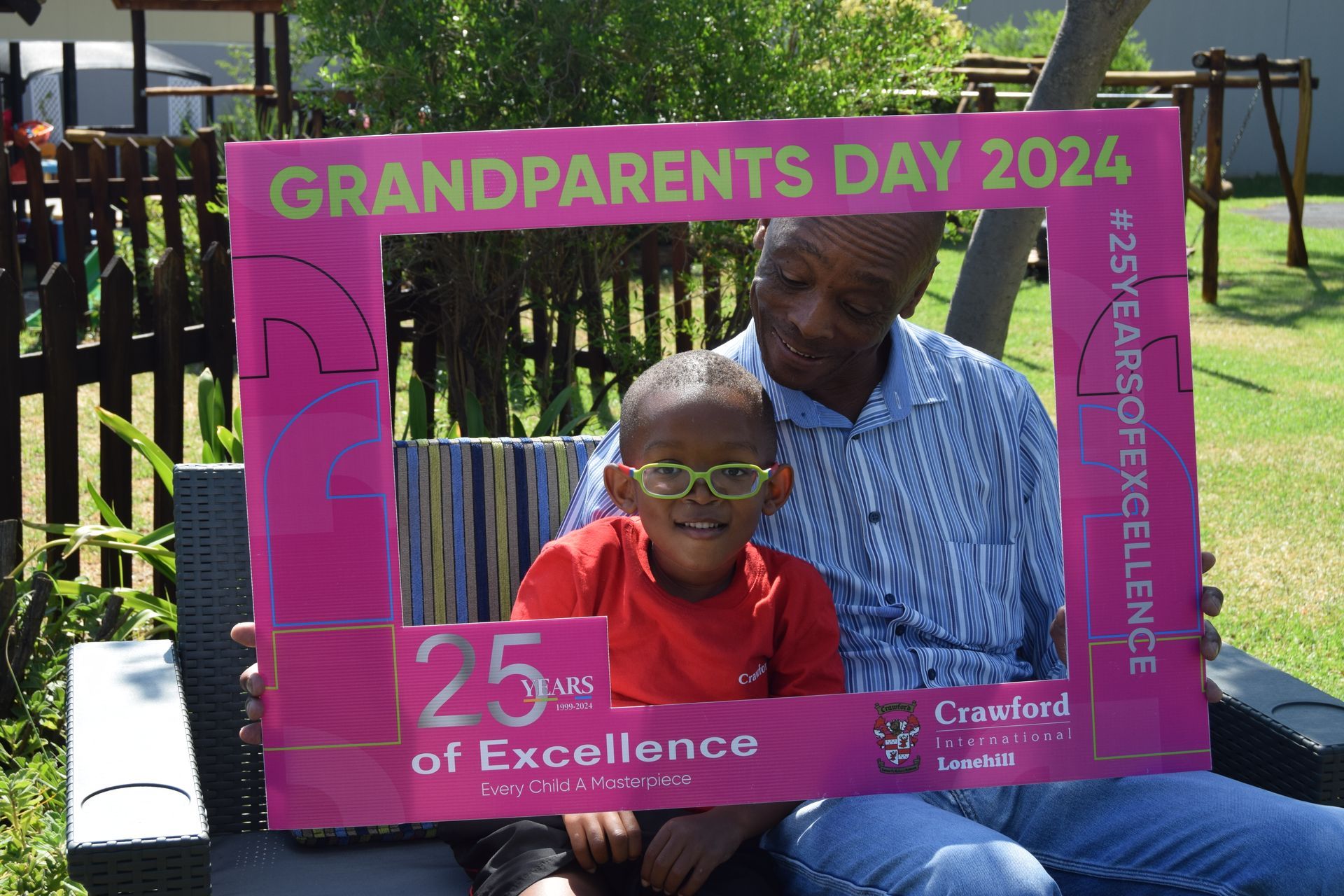
PREPARTORY
Inter-house Gala
We proudly announce our Junior and Senior Victor and Victrix Ludorum students from the Inter-house Gala: Holly Niven and Ethan Kretzmar for the senior events, and Maya Phasha, Kgosi Mocoenyane, and Finley Niven for the Juniors. These talented swimmers have consistently amazed the audience.
Excitement reached its peak at the finish line, where every race was fiercely contested. Dedicated timekeepers stood poised with stopwatches while house supporters, teams, and parents cheered enthusiastically. Mr Johnson was delighted with the smooth running of the event, devoid of any false starts or disqualifications.
All four individual swimming strokes were showcased, generating immense excitement and noise. Every position and point was crucial towards the overall scores.
In the end, Cameron House emerged as the swimming champions for 2024, narrowly beating Barrett House in a thrilling finish. Despite fierce competition, each House displayed heroic effort throughout the races.
Holly Niven finds inspiration in South African swimmer Tatjana Schoenmaker, refining her skills since Grade 5. Ethan favours the butterfly stroke, finding it natural and enjoyable. Finley enjoys swimming in both pools and the sea, embracing the waves as he bodysurfs. Maya thrives on the excitement of galas, especially with classmates cheering her on, favouring the Freestyle stroke. Kgosi cherished receiving the trophy and the support of his friends during his achievement.
The Gala certainly made waves, leaving a lasting impression on all participants and spectators alike.
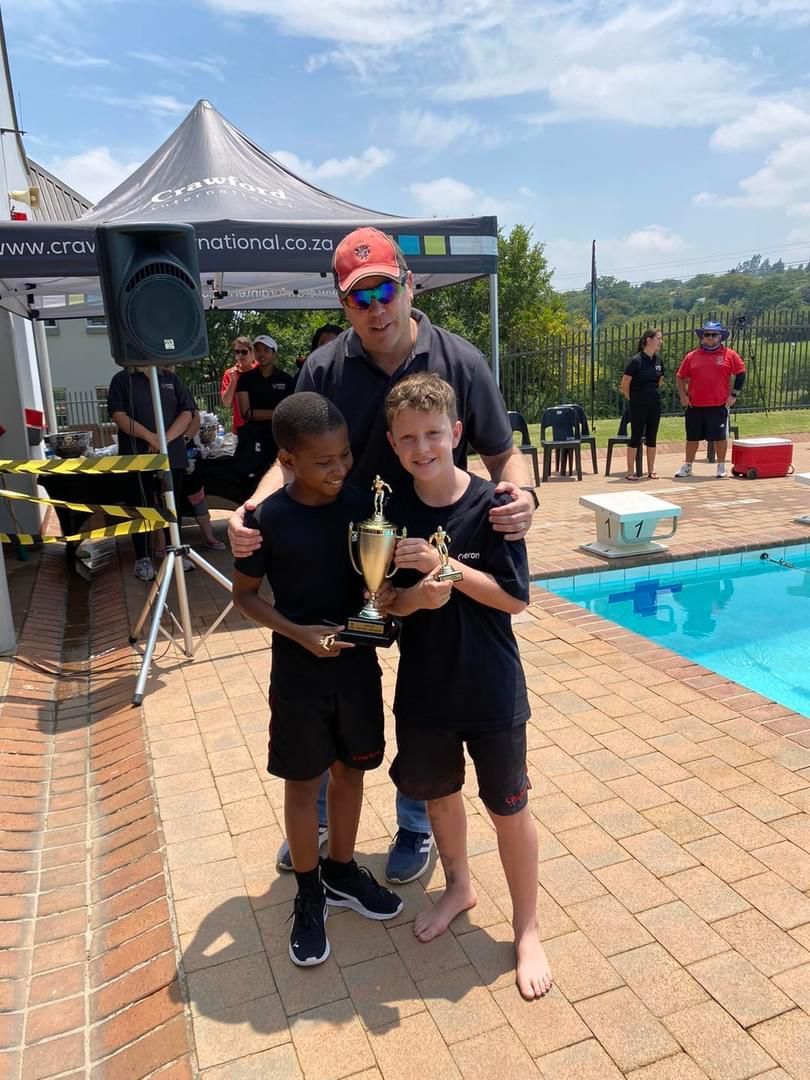

Friendship Day
This started with a morning bursting with gifts, heartfelt messages, infectious smiles, and warm hugs. A wonderful surprise for the juniors was meeting Sonic the Hedgehog and Chase from Paw Patrol at arrival in the car park. The seniors said they wanted to relive their youth and walked along to meet these fun characters!
The Grade7’s hosted a vibrant Friendship Tea for all the staff. This was a beautiful ambience of food, music, and excited chatter. The hosts were engaging and proudly attentive. Foods ranged from mouth-watering pastries to sweet and savoury dishes. The Alita Dolcia Pancakes, cream, and strawberries along with a collection of cheeses served on a platter and accompanied by a selection of meats, breads, spreads jams, nuts, fruit, could have been flown up from the Mount Nelson!
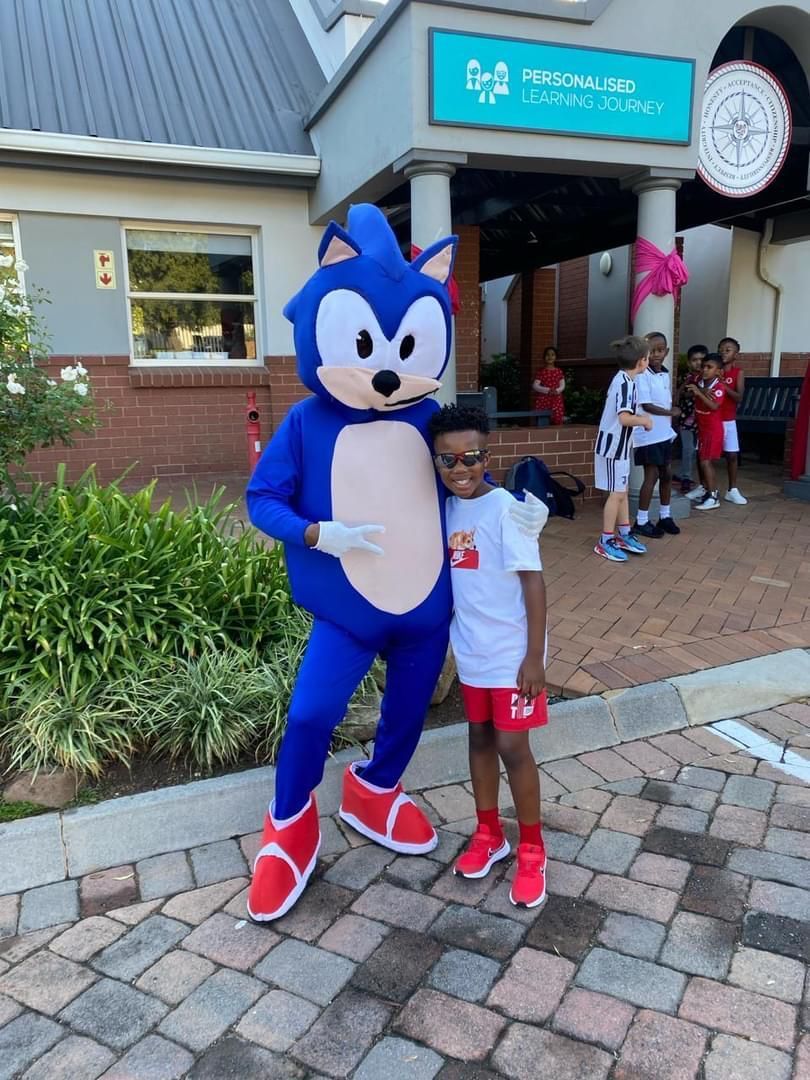

COLLEGE
Class of 2028 Begins Their College Journey
At the heart of our school lies a relatively new tradition that promotes unity, camaraderie, and a shared sense of belonging among students. During our recent annual Bell Ringing Ceremony, Grade 8 students were warmly welcomed into the school by the matric students. This event signifies the start of a new chapter in the lives of the incoming students and establishes the tone for their future journey. The bell symbolises the commencement of their college experience, and the class of 2028 will have the honour of ringing it once again at the end of their matric year.
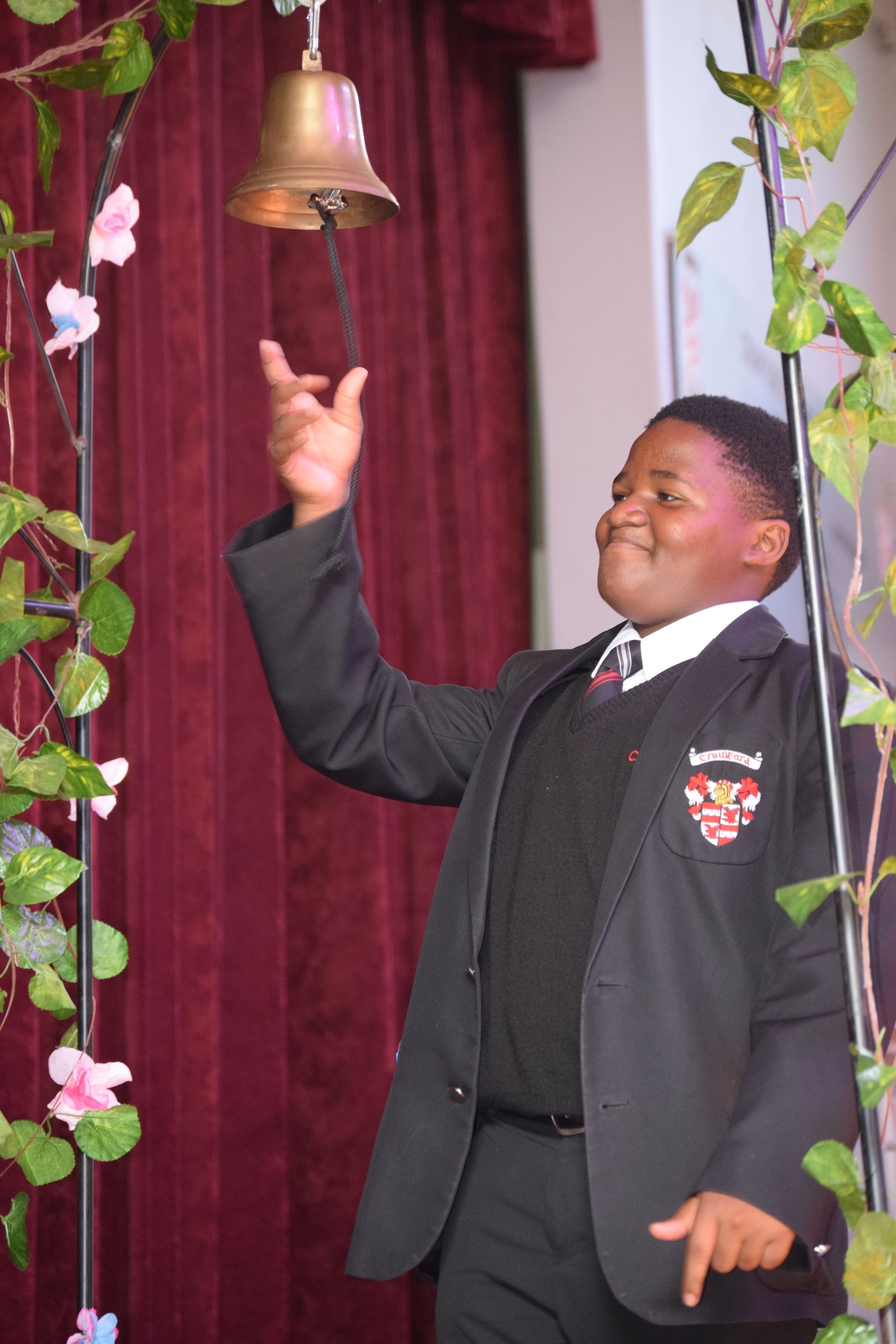

Inter-house Gala
Despite a busy start to the academic year at Crawford International Lonehill College, our Inter-house swimming gala served as a perfect kick-off to the celebrations of our 25th year at Crawford International Lonehill. It is activities such as this that epitomizes the spirit and pride that our students and staff hold so dearly. Congratulations to all our swimmers and to the winning house of 2024 SENTINELS.

